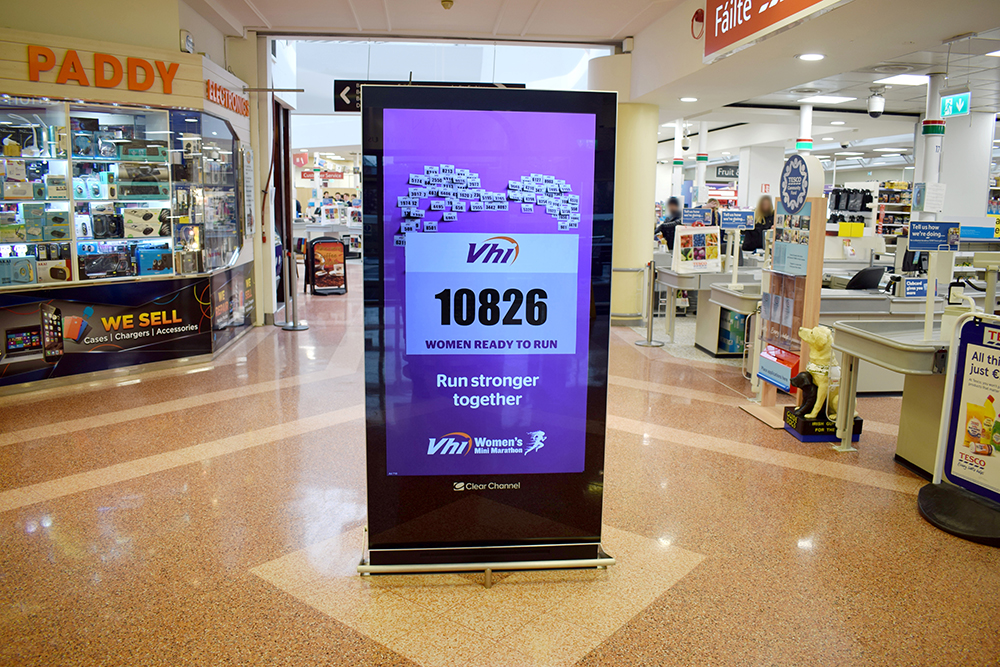Stories are everywhere; look around you, and wherever you are, there is a story. They are no longer just in the movies and books; stories have gone beyond such confines.
Think about a tale that captivated you last; maybe it was in a blog post and that grabbed your attention and made you emotional.
Despite anything else going around you, it had your full attention. That tells you how powerful a tool it is and why it’s indispensable in your marketing strategies. The best platform to tell stories and win visitors is through social media marketing.
Importance of Storytelling in Social Media Marketing:

Continue reading and see how you can revolutionize your marketing approach.
Showcase your Uniqueness
Beyond the headshot and some catchy slogans, people want something that is interesting. Audiences do not want photos and videos that every other company uses to woo visitors. They want something that is captivating.
For instance, on an ordinary day, you could take a few snapshots of your work area and probably share a few tips on what motivates you. Such mini stories will tell people how serious and how dedicated you are to productivity.
Whatever industry you are in, you need to showcase what you have and how skilled and creative you are.
Take Advantage of Visuals
Videos and, generally, visuals are powerful tools that you can rely on for social media success and storytelling. Having such content makes your posts stand out while adding another layer to your narrative.
According to research, visuals could increase visitors’ willingness to read by more than 80%. In fact, big brands believe that visuals are crucial to how the company’s brand story is relayed.
Put Yourself in the Shoes of the Reader
You have your post ready for posting on Facebook, Twitter, Instagram, or any other social media. Why don’t you spice it up with some story surrounding it? This will resonate with your followers, and many will find a reason to invest in your product.
Look at the issues that your customers have and let your tailored PR team do mini stories that focus on their needs for you. Ensure that the stories are solution-based. Again, you need to look into how you can add some emotion and intrigue to the pedestrian posts.
Most importantly, you must ensure that all your stories have the consumer at the center of it all. Get creative with the story, and this will improve the engagement. If, for instance, you are playing a pitch, the creativity in it will tell whether you are the best fit or not.
Make it Personal
Research shows that personal marketing is on the rise. This is because people are likely to trust another person more than they trust a faceless brand. People want to hear the story from family and friends rather than from a mere advertisement.
A story ensures that you create a personal brand that resonates with your audience. A story is incredibly important in that it shows people the face behind the posts.
In every one of your posts, ensure that you’ve some captivating story that will keep your social media audience glued and yearning for more. Get a good PR company or hire a leading social media agency to help you generate stories that will make a difference in your marketing.
Social Media & Emotional Quotient – How To Increase Engagement

Want to build a stronger connection with your audience on social media? It all starts with understanding the emotional quotient (EQ) and how to tap into it.
People are emotional beings! So, you need to play into someone’s EQ. So, when you can resonate with those emotions, your engagement skyrockets.
Let’s dive into how you can use emotional intelligence to increase engagement on your social platforms.
Start with Empathy
The first step is simple: put yourself in your audience’s shoes.
What are they feeling?
What problems are they facing?
When you show genuine care for their concerns, your audience feels heard.
Create content that speaks to their struggles or desires, offering solutions or inspiration. Whether you’re writing a caption or posting a video, make sure your message connects with them on a human level. It’s not just about selling; it’s about building relationships.
Add a Personal Touch
Secondly, don’t be afraid to get personal!
Share your story, your challenges, or even a behind-the-scenes look at your business. People want to interact with real people, not faceless companies.
When you show vulnerability or authenticity, your audience will relate to you on a deeper level. In fact, they’ll trust you more and are likely to engage with your content because they feel like they know you.
Simple posts like, “Here’s how we overcame this challenge,” can go a long way.
Use Emotion in Your Visuals
Visuals are a powerful tool for stirring emotions. A single image or video can evoke joy, nostalgia, or even empathy. When you create social media content, think about what emotion you want your audience to feel.
Is it exciting about a new product launch?
Or comfort knowing that your service solves a major problem?
You have to carefully choose visuals that align with these emotions. Research even shows that posts with emotional visuals get more likes, comments, and shares.
Create Engaging Stories
People love stories!
Whether you’re posting on Instagram, Facebook, or Twitter, crafting a narrative keeps your audience hooked. A well-told story pulls at the heartstrings and helps your followers see themselves in the plot.
Use storytelling to make your message more engaging!
For example, if you’re selling a product, tell a success story of someone who used it and saw real results.
Incorporating EQ into your social media strategy is truly a game-changer. When you understand and cater to your audience’s emotions, you’ll see deeper connections and increased engagement.
Read Also:






















